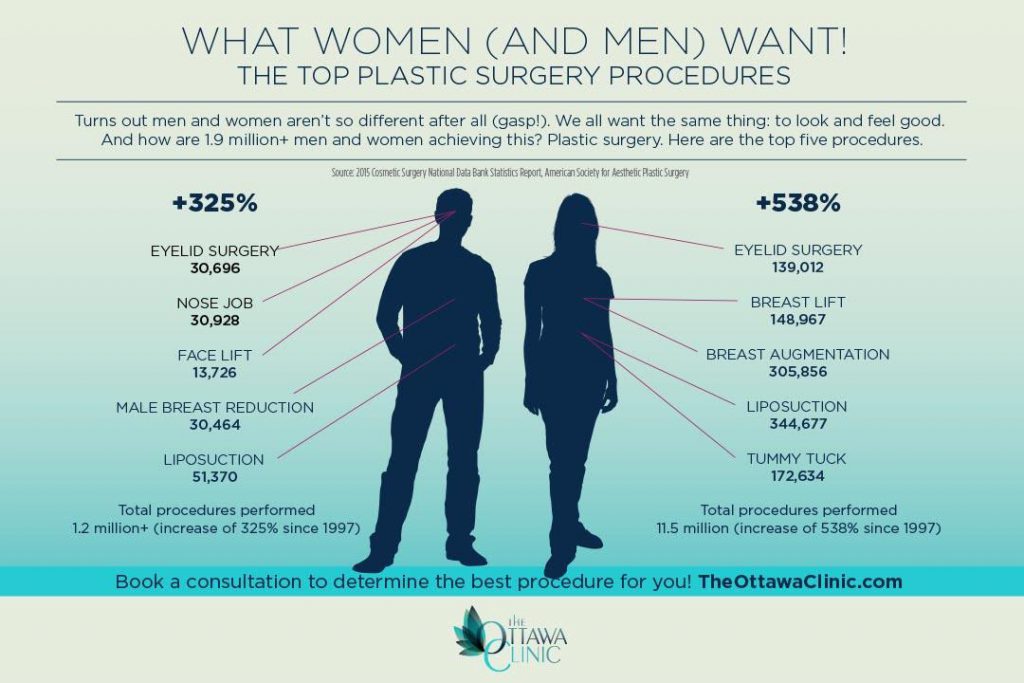Acne breakouts in the cheek location are triggered by numerous points, from touching your face frequently to not changing your pillow case frequently enough. Picking at acnes boosts your risk of infection and scarring, and particular medications can worsen dark areas (postinflammatory hyperpigmentation).
Fortunately, there are numerous methods to prevent and deal with cheek acne. These include:
1. Hormone Modifications
Acne is mainly triggered by hormones, specifically those produced during adolescence and pregnancy. For some, a family history of acne might additionally contribute to their condition. Anything that obstructs pores, such as oil-based skin treatment products or waxy hair products, can activate acne. Numerous topical treatments, like benzoyl peroxide and salicylic acid, can combat microorganisms and unblock pores. Those with severe or persistent acne needs to seek treatment from their medical professional.
Avoid touching or squeezing your acne, as this can press some of the germs deeper into the skin, resulting in an extra extreme breakout. It is also vital to alter pillow cases frequently and utilize clean makeup brushes. You need to additionally attempt to prevent irritants such as rubbing from using a safety helmet or limited collar.
2. Diet plan
The greasy, sugary foods that many individuals think trigger acne might actually refrain from doing so. As a matter of fact, research studies have actually revealed that eating a diet abundant in entire, nutrient-dense foods helps to avoid outbreaks.
Foods high in the glycemic index (such as white bread, corn flakes, blew rice and potatoes, doughnuts and various other breads) elevate blood sugar level degrees swiftly, and this can boost hormones that improve oil manufacturing and cause acne.
Consuming cow's milk has actually also been connected to increased acne breakouts. If you are a regular cow's milk drinker, you could wish to try switching to low-fat or nondairy alternatives that are fortified with calcium. Additionally, consuming even more water can help to reduce acne because it assists to keep the skin hydrated.
3. Excess Oil
While oil is necessary for healthy skin, it can become a problem when excessive sebum combines with dead skin cells and blocks pores. This combination can create blackheads, whiteheads and acnes. The obstructed pore wall surface can break down and spill bacteria, dead skin cells and sebum into bordering skin. This results in a red bump known as an acne. Often these red bumps have pus in the facility from a microbial infection. Bigger infected bumps that appear like acne are called cysts.
There are numerous things that can create excess sebum and clogged up pores, masseter botox before and after including hormonal agent changes, diet and day-to-day behaviors. Some instances include touching the face regularly, relaxing your hand on your cheek, making use of unclean makeup brushes and not changing pillowcases on a regular basis.
4. Stress
If you're dealing with throbbing pimples or a multitude of blackheads and whiteheads, it may be time to talk to a skin doctor. They can suggest an effective therapy that suits your skin kind. Practicing relaxation and stress-reduction techniques also aids.
Acne can happen in the cheeks due to friction and stress, such as when an individual touches their face frequently or puts on a hat or sports helmet that massages against the skin. It can likewise appear where oily cosmetics and lotions scrub versus the skin.
Stay clear of pressing acne, as this can push contaminated product deeper into the skin and bring about scarring. Rather, see a physician to learn about preventative therapies like medicine, skin care products and way of living adjustments. Eating a healthy and balanced diet regimen of whole foods, getting 7 to 9 hours of rest and using noncomedogenic makeup and skin care products can all help reduce acne breakouts.
5. Hair Products
Hair products are not typically considered a source of breakouts, yet they can contribute to acne on the cheeks in some individuals. Pomade acne, which is characterized by little closed comedones and papulopustules, is frequently caused by the use of oily hair items that contain comedogenic active ingredients such as particular oils and acetylated lanolin.
Picking hair products that do not contain these possibly comedogenic components is an essential action toward decreasing breakouts. Also, guaranteeing that hair items aren't can be found in contact with the skin can help stop outbreaks. For example, using a headscarf or bonnet in the evening can restrict hair-to-face contact and minimize the chance that leave-in hair products will certainly abrade onto the face.
In addition to utilizing a non-comedogenic cream and washing with an acne face laundry, other handy strategies include:
